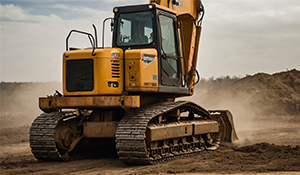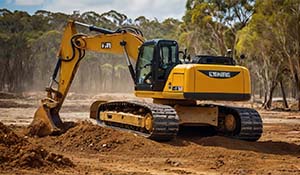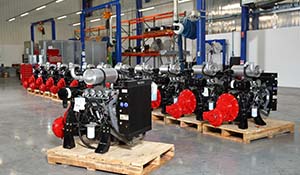A SAFE, PROFESSIONAL & VIABLE TRUCKING INDUSTRY
Consistent, mandatory standards for truck rest areas are needed, Australian Trucking Association Chief of Staff Bill McKinley told a parliamentary inquiry today.
Mr McKinley was giving evidence before the Joint Select Committee on Road Safety, which is inquiring into and reporting on the impact of road trauma and how to support the Australian Parliament’s resolve to reduce incidents on our roads.

“We still need consistent standards for building rest areas, including basic amenities like toilets, water and shade,” Mr McKinley said.
“The road is a truck driver’s workplace; they deserve to have access to facilities like any other worker,” he said.
Mr McKinley said progress was being made on rest areas.
“In our submission, we noted that rest areas on Australia’s major highways were not eligible for funding under the Heavy Vehicle Safety and Productivity Program,” he said.
“Under round seven of the program, announced in March, those rest areas can now be funded.”
Mr McKinley highlighted the need to accelerate the uptake of proven safety technologies.
“If implemented with an extension of mandatory electronic stability control to new rigid trucks, mandating autonomous emergency braking would save 102 lives and prevent 2,564 serious injuries on our roads,” he said.
Mr McKinley said the ATA submission put forward a detailed plan to address the overwhelming number of certification and customer audits.
“TruckSafe certification is an assurance for everyone that trucking businesses are safe, but there are two government certification schemes and many industry customers insist on doing their own safety audits too,” he said.
Mr McKinley said that while progress had been made in reducing the number and rate of truck crashes, the number of crashes involving trucks was still unacceptable.
“The ATA supports a vision zero target. Every road user should be able to get home safely, every day,” he said.
“We need safer roads, safer vehicles, better safety systems and better information to link it all together,” he said.
The ATA appeared before the committee in conjunction with ATA member association NatRoad.
The ATA and its member associations collectively represent the 50,000 businesses and 200,000 people in the Australian trucking industry. Together, the ATA and its members are committed to safety, professionalism and viability.













